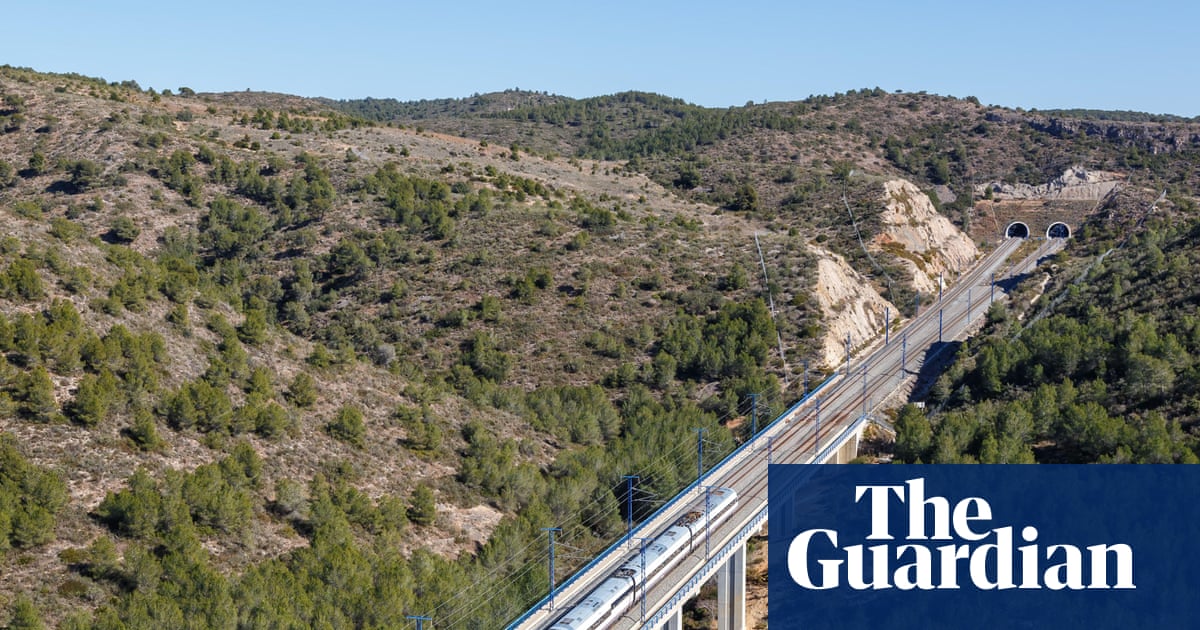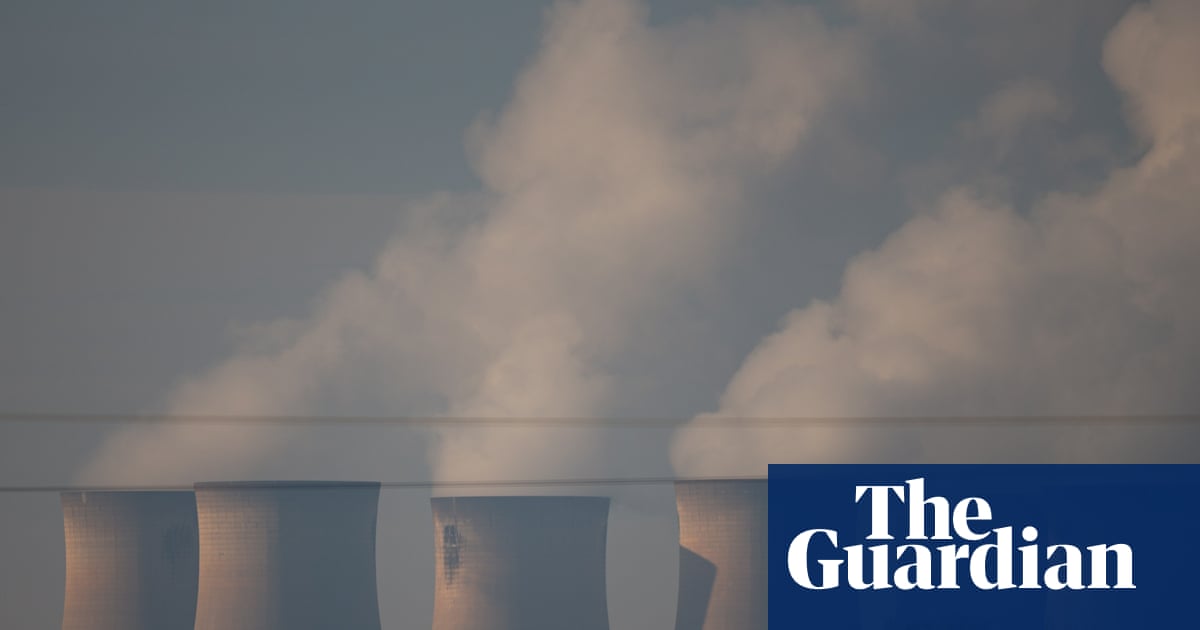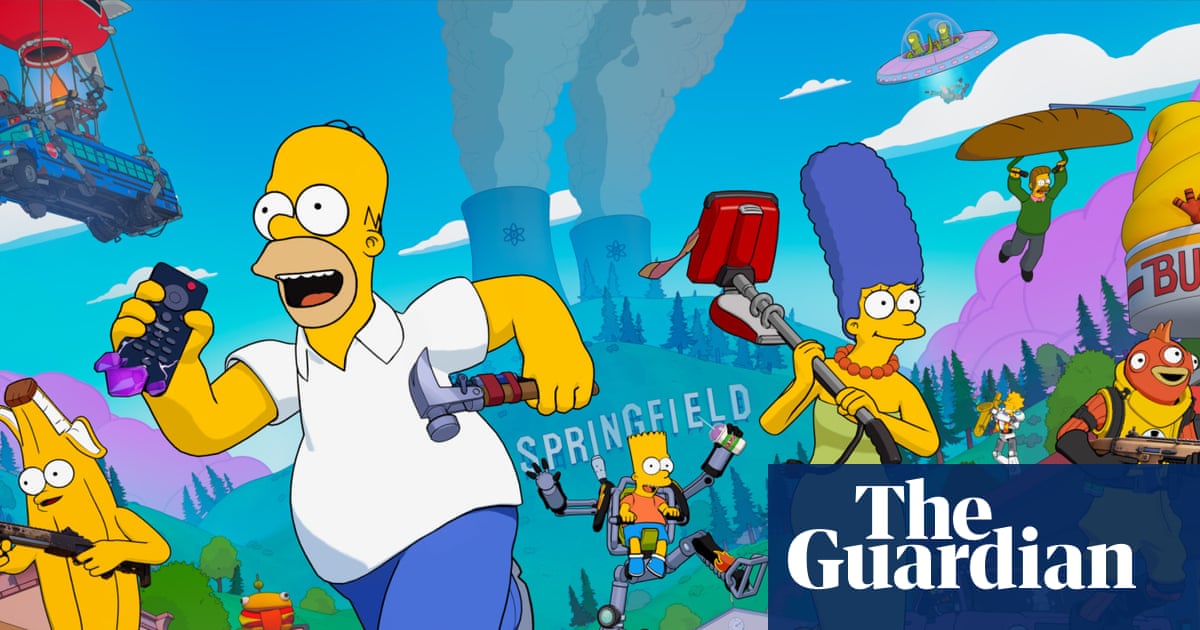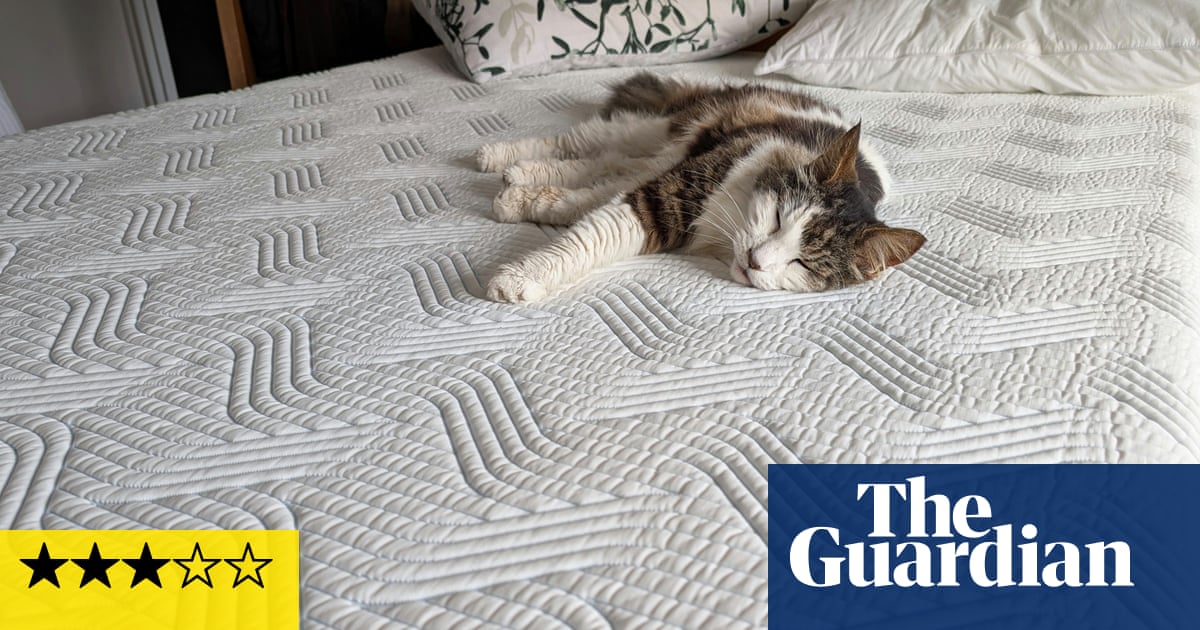Despite the march of progress, the humble kettle remains a kitchen staple. It’s what we turn to in times of strife, when spirits are flagging, or to start our day. And when a visitor calls, one of the first things we do is put the kettle on.
While many small appliances have evolved beyond their original form, the kettle’s basic principles remain largely unchanged. Water goes in and heats up until a thermostat switches it off; the water then pours out, and we enjoy a cuppa. However, the technology that goes into a kettle has been slowly improving: better insulation to keep water hotter for longer and reduce reboils; different temperature settings to suit every drink from green tea to herbal brews; and more features such as filters and concealed elements to keep scale out of our cups.
When your existing kettle makes its last brew and must be taken to the big recycling centre in the sky, it pays to check out what’s on offer to replace it. The next one you buy may make more of a difference to your day than you might think.
At a glance
-
Best kettle overall:
Bosch Sky kettle
£76 at Amazon -
Best budget kettle:
Kenwood Ripple kettle
£29.99 at Kenwood -
The forever kettle
Dualit Classic kettle
£140 at Currys -
Best quiet kettle:
Zwilling Enfinigy Pro kettle
£139 at Zwilling -
Best budget variable temperature kettle:
Lakeland Digital double-walled kettle
£44.99 at Lakeland
Why you should trust me
When a friend heard I was writing this, she asked me, “Aren’t all kettles the same? They all boil water, don’t they?” And while she’s right about the second part, it took me at least 15 minutes to explain why she was wrong about the first. I’ve been testing kettles for years and they vary greatly – in design, weight, ease of maintenance, ease of use and build quality. Some will last for decades while others will barely make it past the basic guarantee period. In short, yes, all kettles boil water – but they are far from being all the same.
How I tested
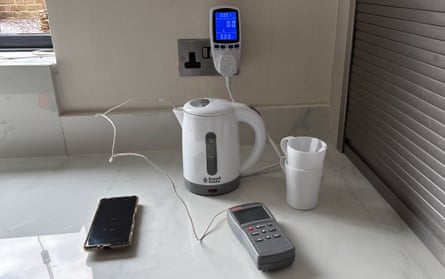
As you can imagine, I boiled a lot of water. Litres upon litres of the stuff. Enough to turn my kitchen into the steamiest hammam and clear my pores of blackheads I’ve had since I was a teenager.
But testing wasn’t just about making gallons of tea and having a deep skin cleanse on the cheap. I also brought a lot of gadgets to the party: a power meter to assess electricity use for each kettle when boiling exactly one litre of water from cold; a timer to measure how long that took; and a probe thermometer to gauge how long it took for the kettle to click off once it had reached boiling point.
External temperature was measured using an infrared thermometer and the highest reading noted, while maximum noise levels were recorded with the Decibel X app. After boiling, water temperature was checked at the 30-minute, one- and two-hour points to see how much it had cooled.
I tested 12 kettles in total. Those we tested but haven’t included are Currys Essentials C17JKW17 jug kettle, which is a snip at £8.99 but lacks durability, and the Russell Hobbs Travel Light white small kettle 23840, which is probably one of the best travel kettles you can buy at £20, but took almost six minutes to boil its 850ml.
The ones that made the cut were selected on the basis of good energy efficiency or low minimum fill, plus ease of use or maintenance. Value for money has also been considered, as have longer guarantees and durable build quality that should translate into a lengthy lifespan for the appliance. All samples have been returned to their supplier or donated to Caterham Round Table to raise funds for local causes and charity projects.
The best kettles in 2025
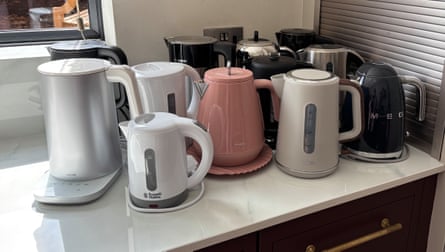
Best kettle overall:
Bosch Sky kettle
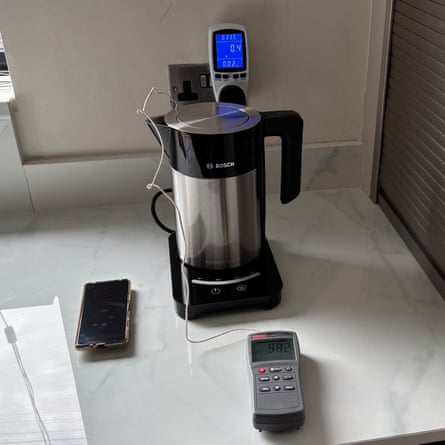
£100 at John Lewis
£76 at Amazon
Offering variable temperatures and a double-walled stainless-steel housing, the 3kW Sky is a brilliant blend of robust form and function. It boasts a low minimum boil (300ml), a keep-warm setting and touch controls.
Why we love it
I found it difficult to select a best kettle from so many that performed well, but the Bosch Sky clinched it because it’s such a good all-rounder that will suit most people. It pours well, has a button that’s within easy reach of the handle so it’s simple to open the lid without touching it, and it’s insulated so the exterior doesn’t become too hot to touch. From a design perspective, it has a more industrial feel than many others – no frippery here – but not too modern that it wouldn’t fit into most kitchens. Its display is thoughtfully designed, easy to keep clean and lights up as it heats.
The exterior doesn’t get too hot (up to 40C), and while it wasn’t the fastest to boil in testing, it was only seconds behind the Dualit below. It clicked off at boiling point, and the water was still a toasty 78C 30 minutes later. At the hour point, it was 66C, and two hours 52C, meaning you’ll spend less time and energy reboiling.
It’s a shame that … its premium look ends at the handle, which seems cheap and plasticky next to the sleek aesthetic of the rest of it.
Time to boil one litre: 2mins 22secs
Minimum fill: 300ml
Power use: 0.112kWh = 3p at 25.73p per kWh
Matching toaster? Yes
Maximum noise recorded: 59dB
Temperature settings: 70C, 75C, 80C, 85C, 90C, 95C, 100C, keep warm
Warranty: two years
Best budget kettle:
Kenwood Ripple kettle

£29.99 at Kenwood
£29.99 at Amazon
Available in four “ocean-inspired” shades – eggshell blue, storm blue, pure white and midnight black – Kenwood’s Ripple kettle has a subtle design that belies its affordable price tag. It’s practical, too: there’s a 3kW element, a wide pouring spout to prevent drips, and two water windows showing cups on one side and litres on the other (making it left-hander friendly).
Why we love it
More affordable kettles tend to demand a higher minimum fill – usually 500ml – but the Ripple enables those on a budget to boil a single cup (200ml), providing excellent energy economy. There’s even a plastic marker inside for one and two cups and max, so you don’t need to watch the water window as you’re filling. It’s lightweight at 950g without feeling flimsy, has a pull-off lid for easier filling, and it boiled quickly in testing, retaining its heat well for the first 30 minutes (72C) and hour (60C).
It’s a shame that … the lightweight plastic body meant that the external temperature was very hot after boiling (80C). Its two-hour temperature (44C) was also much cooler than the one-hour point, meaning more energy is needed to reboil.
Time to boil: 2mins 30secs
Minimum fill: 200ml
Power use: 0.118kWh = 3p at 25.73p per kWh
Matching toaster? Yes
Maximum noise recorded: 57dB
Temperature settings: 100C
Warranty: one year
The forever kettle:
Dualit Classic kettle

£140 at Currys
£149.99 at John Lewis
Although it comes with a higher initial outlay, Dualit’s Classic kettle is more of a “buy right, buy once” appliance. It’s as robust as they come, with a durable stainless-steel body, hinged lid, anti-wobble feet and non-drip spout. But it’s the repairable nature of this kettle that makes it an eco-friendly buy. The 3kW element is replaceable, so a pro can swap it for a new one or repair it if it wears out, meaning you may never need to buy a new kettle again.
Why we love it
Repairability aside, the Dualit Classic kettle also makes it easy to boil only as much water as you need, with a low minimum fill (250ml) and dual water windows indicating cups and litres via multiple markings. There’s no button to raise the lid, meaning one less thing to go wrong; instead, it has a heatproof plastic handle. It was also the fastest boiling of all the kettles tested and clicked off bang on boiling point.
It’s a shame that … the exterior gets hot after boiling – our sample reached 71C. It also lacked a choice of temperatures and a keep-warm function, despite the higher price.
Time to boil one litre: 2mins 15secs
Minimum fill: 250ml
Power use: 0.114kWh = 3p at 25.73p per kWh
Matching toaster? Yes
Maximum noise recorded: 57dB
Temperature settings: 100C
Warranty: one year
Best quiet kettle:
Zwilling Enfinigy Pro kettle

£139 at Zwilling
£139 at Currys
Taking variable temperature kettles to new heights, the Enfinigy Pro kettle doesn’t just feature different temperatures for your tea and a keep warm option, it also boasts a baby bottle sterilisation setting. Add in the wipe-clean touchscreen, fast boiling and insulated dual-wall body to maintain the water’s heat, and it makes a better gift for new parents than all the nappy cakes in the world.
Why we love it
While the 500ml minimum fill is higher than many, I liked the robust feel and sleek look of this kettle, with its cup and litre measurements marked neatly inside the jug. I also appreciated the clear display and choice of temperatures, as well as the reassuring lifetime warranty. It was easily the quietest when boiling and didn’t grow hot on the exterior, reaching a cool-touch 31C. Heat retention was brilliant: after 30 minutes, the water was still 81C, dropping to only 71C after an hour and 57C after two.
It’s a shame that … it’s a seriously slow boiler, due to its 1.85kW element, and it continued to boil for three seconds after reaching 100C.
Time to boil: 4mins 7secs
Minimum fill: 500ml
Power use: 0.121kWh = 3p at 25.73p per kWh
Matching toaster? Yes
Maximum noise recorded: 43dB
Temperature settings: 40C, 60C, 70C, 80C, 93C, 100C, keep warm
Warranty: lifetime
Best budget variable temperature kettle:
Lakeland Digital double-walled kettle

£44.99 at Lakeland
£44.99 at Amazon
Lakeland’s Digital double-walled kettle proves you don’t have to splash the cash for a well-insulated, variable temperature kettle – or one with a decent warranty length. With a powerful 3kW element, a wide choice of temperatures and a keep-warm setting, plus easy controls, it’s hard to ask for more at this price.
Why we love it
What impressed me most about this kettle, aside from its choice of 13 temperatures, was its large, clear display. It’s easy to read from afar, and the temperature is easy to set with plus and minus buttons. The kettle looks and feels premium for the price, with its measurements all marked on the interior.
The double-walled construction served it well: the exterior reached only 27C, while the water was still 78C after 30 minutes, dropping to 67C after an hour and 53C after two. However, it did take a couple of seconds to click off after boiling.
It’s a shame that … this kettle’s lid catch isn’t as well engineered as the rest of it: its flimsy feel makes me worry that it may not go the distance.
Time to boil: 2mins 30secs
Minimum fill: 500ml
Power use: 0.112kWh = 3p at 25.73p per kWh
Matching toaster? Yes
Maximum noise recorded: 57dB
Temperature settings: 40C, 45C, 50C, 55C, 60C, 65C, 70C, 75C, 80C, 85C, 90C, 95C, 100C, keep warm
Warranty: three years
after newsletter promotion
The best of the rest
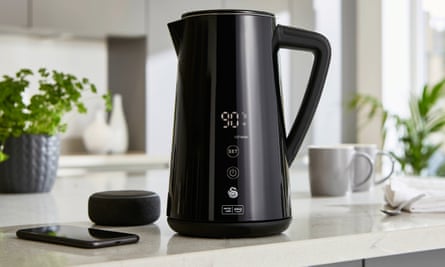
Swan Alexa smart kettle

Best for: energy efficiency
This wifi-connected kettle won’t be for everyone, but it might appeal to those who, hands full with kids or shopping, would like Alexa to put on the kettle for them. Beyond its smart features, it’s a decent kettle, using the least energy of those tested and letting you easily set different temperatures. It’s well insulated too, with the exterior only reaching 32C after boiling and the water still registering a balmy 57C after two hours.
It didn’t make the final cut because … its 1.8kW element meant it was slow to boil, and it took about six seconds to click off after reaching boiling point. The display is difficult to read in bright light, and there’s a 500ml minimum fill, with no markings between that and the max fill.
Time to boil one litre: 3mins 59secs; minimum fill: 500ml; power use: 0.107kWh = 3p at 25.73p per kWh; matching toaster? No; maximum noise recorded: 55dB; temperature settings: 40C, 60C, 85C, 90C, 100C, keep warm; warranty: two years
Sage the Smart kettle

£99.95 at John Lewis
£104.99 at Lakeland
Best for: hard water
If you live in a hard-water area, you’ll know that descaling a kettle can be a chore. Sage’s the Smart kettle makes it slightly easier thanks to its wide mouth and removable washable filter. It also features variable temperatures, which can be set with dedicated buttons for particular drinks and dual water windows clearly marked with cups and litres.
It didn’t make the final cut because … the minimum boil is 500ml, and its 2.4kW element meant it took longer to boil than others. In addition, the external temperature rose to a fairly hot 61C.
Time to boil one litre: 2mins 40secs; minimum fill: 500ml; power use: 0.12kWh = 3p at 25.73p per kWh; matching toaster? Yes; maximum noise recorded: 56dB; temperature settings: 80C, 85C, 90C, 95C, 100C, keep warm; warranty: three years
De’Longhi Eclettica kettle

£49 at John Lewis
£49.99 at De’Longhi
Best for: personalisation
Putting the fun into functional, De’Longhi’s Eclettica kettle is one for those who like to be different. Available in colours including “whimsical white” and “playful pink”, its USP is personalisation, with a fluted saucer accessory that you can add and remove as you please. Fortunately, it’s a good, robust kettle too, boiling quickly thanks to its 3kW element and low minimum fill of 300ml.
It didn’t make the final cut because … heat retention was disappointing: although the water temperature was 70C after 30 minutes, it dropped to 42C after two hours. The exterior also reached 98C after boiling.
Time to boil one litre: 2mins 28secs; minimum fill:300ml; power use: 0.114kWh = 3p at 25.73p per kWh; matching toaster? Yes; maximum noise recorded: 59dB; temperature settings: 100C; warranty: one year
Smeg 50s-style kettle
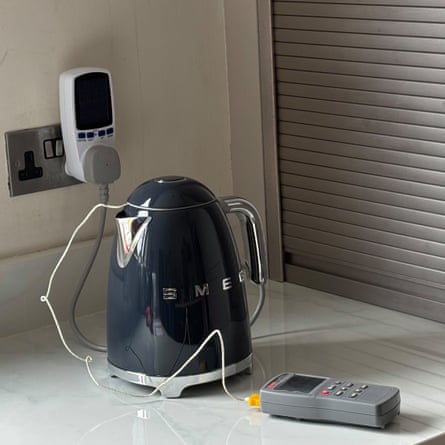
From £128 at John Lewis
From £149 at Smeg
Best for: vintage style
Instantly recognisable, Smeg’s 50s-style kettle has a vintage aesthetic that has won it a legion of fans. However, there’s no getting away from the fact that it’s one of the priciest while not offering much more than the others. The good stuff: it’s stylish, has excellent build quality and a 3kW element that boiled very fast. It also clicked off as soon as it reached 100C, and has a base that allows the cable to emerge from anywhere it pleases. There’s an extensive choice of colours, too, plus a soft-rise lid for minimal splashes.
It didn’t make the final cut because … minimum fill appears to be 500ml, although it’s not marked as such, and the external temperature reached a sizzling 99C after boiling. Heat retention was decent at first – 70C after 30 minutes – but after two hours, it had reduced to a tepid 41C, meaning more energy is required for a reboil.
Time to boil one litre: 2mins 17secs; minimum fill: 500ml; power use: 0.114kWh = 3p at 25.73p per kWh; matching toaster? Yes; maximum noise recorded: 60dB; temperature settings: 100C; warranty: two years
Tower Scandi kettle

£24.99 at Tower
£24.99 at Wayfair
Best for: an affordable luxury kettle
If the price of the two stylish kettles above has you wincing, fear not: you can bag an attractive kettle for less than £30. Enter Tower’s Scandi kettle, available in black or two shades of matt grey, all of which have faux wood and chrome-effect detailing. There’s good stuff besides the design, too: it’s lightweight (940g), has a speedy boiling 3kW element, and water windows on both sides that are marked with cups and litres.
It didn’t make the final cut because … the minimum fill is 500ml, and it took six seconds to click off after reaching 100C. It’s also not very well insulated: the exterior reached 84C after boiling, and while the water temperature was 72C 30 minutes after boiling, it registered at only 44C two hours later.
Time to boil one litre: 2mins 21secs; minimum fill: 500ml; power use: 0.117kWh = 3p at 25.73p per kWh; matching toaster? Yes; maximum noise recorded: 59dB; temperature settings: 100C; warranty: one year
What you need to know
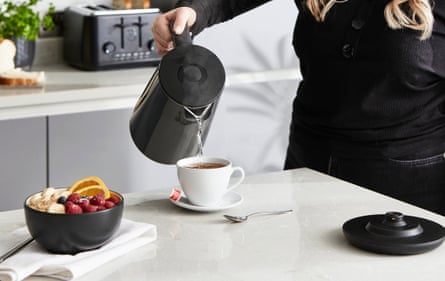
What key features should I look out for?
How you use your kettle will probably dictate which functions you’ll find the most useful, but generally, any feature that helps to save energy is valuable. For example, kettles that are dual-walled help to trap heat inside, so the water stays warmer for longer while the outside stays cool to the touch.
Those with low minimum fills enable you to boil just enough water for a single cup, so you don’t waste energy heating more than you need. Some kettles also have a keep-warm function that stops the water cooling below a certain temperature, which is ideal for those who become distracted after boiling or drink consecutive cuppas. It’s a good idea to check for safety features too, such as an auto shut-off to prevent it from boiling dry if there’s not enough water.
Other features are more “nice to haves”: variable temperature models enable you to choose water heated to lower temperatures than boiling, such as 70C or 80C, for other types of tea or for filling a hot-water bottle. Concealed elements, which are easier to keep scale-free, and removable, washable limescale filters will be useful for those who live in hard-water areas. Then there’s connectivity. While wifi-enabled and voice-controlled kettles can feel a little gimmicky, they can be a gift for busy parents who usually have their hands full.
Are rapid-boiling kettles faster than normal ones?
Rapid-boil kettles don’t have a strict industry definition, so while a rapid-boil kettle should boil water quickly, it may not differ much from one that’s not labelled as such.
A more reliable indicator of how fast a kettle will boil is its power rating: this is listed either in watts (eg 3,000W) or kilowatts (eg 2.2kW). The higher the number, the more power its element can use to heat water quickly. However, this isn’t the whole story: boiling times can also be quicker in double-walled kettles (as they lose less heat to their surroundings) and those with concealed or flat elements (which provide more surface area to heat the water than a coil).
How to descale your kettle
Limescale reduces your kettle’s efficiency, costing you more to boil each time, and shortening the appliance’s lifespan. Descale it monthly, especially if you live in a hard-water area. Standing water encourages the buildup of limescale, so try not to leave water in the kettle after use.
While you can buy descaler in the supermarket, a lower-cost and more eco-friendly option is to combine a weak food-safe acid, such as white vinegar or lemon juice, with water. Fill the kettle three-quarters with either water and the juice of one lemon or equal parts water and vinegar. Let it soak for an hour, then boil the kettle (once for vinegar, three times for lemon). Once it’s cooled, rinse thoroughly. If your kettle has a removable filter, take it out and rinse it under running water at the same time.
Rachel Ogden has worked as a consumer journalist for decades, becoming an expert unboxer before it was a thing, although she’s much less adept at repacking. Her home has hosted hundreds of small appliances, from kettles and toasters to robot vacuums. When outside, you’ll find her messing about with pizza ovens, barbecues and heaters. It takes a lot to impress her – many appliances have tried and failed

 3 months ago
183
3 months ago
183






